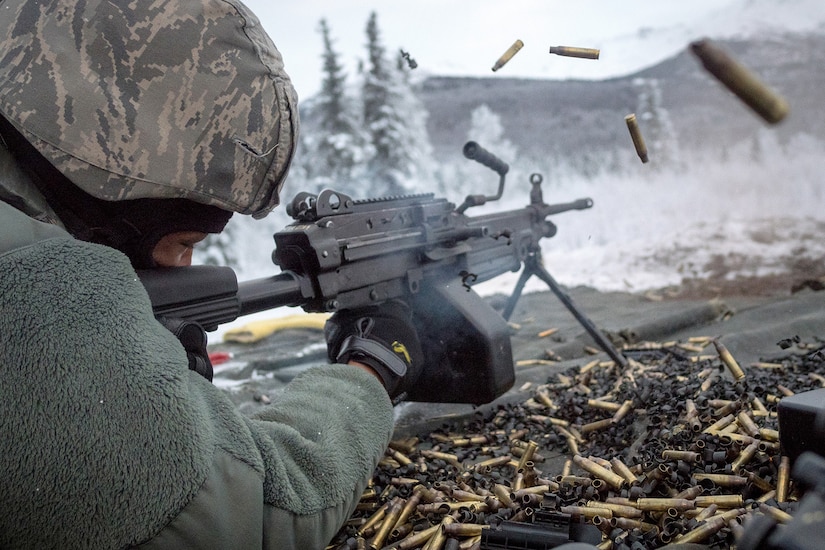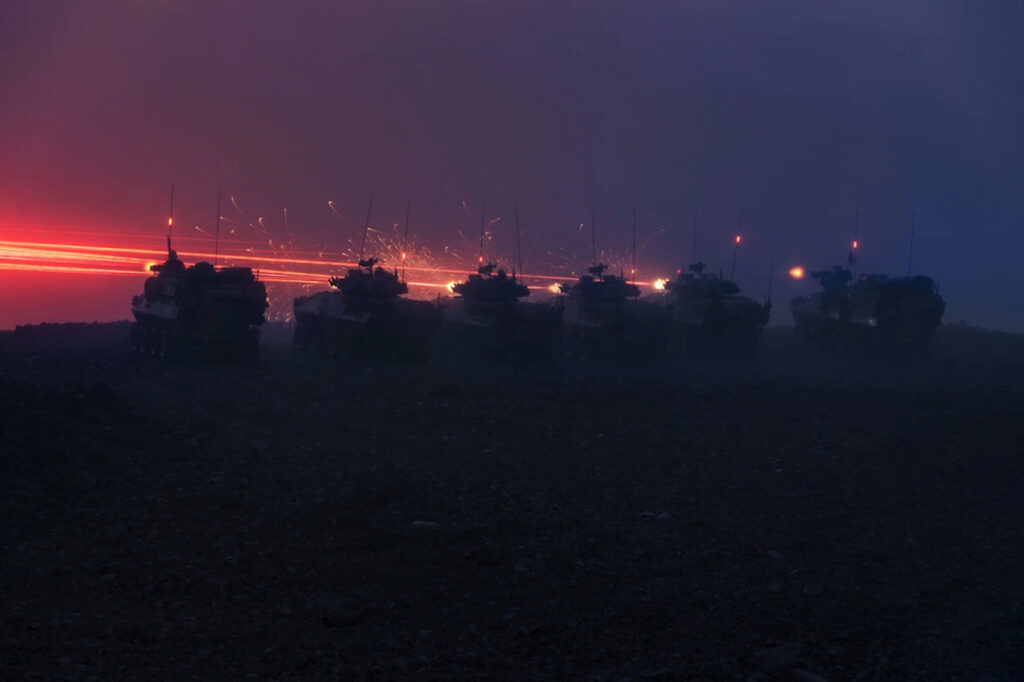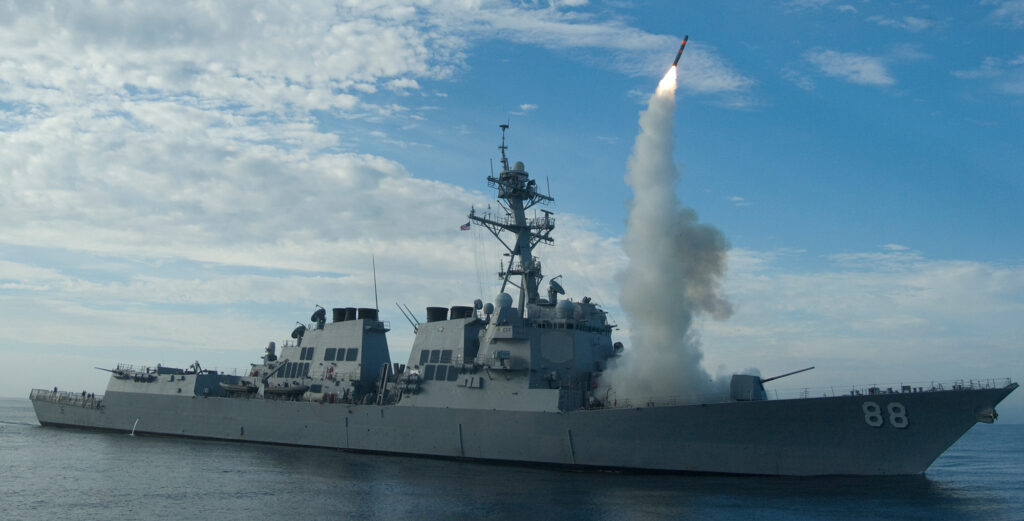This week I got to work away from home for the first time in a year. I went to a firearms media event hosted by Palmetto State Armory called the “Gathering.” Here, various manufacturers showed off their goods and allowed the general public, firearms media, and everyone who wanted a chance to put lead downrange. Rugged Suppressors were proving to be worthy of their name with a suppressed M240. Their Razor 7.62 suppressor was doing one helluva job suppressing the full-auto, belt-fed, medium machine gun. Suppressed machine guns have always been of interest to me.
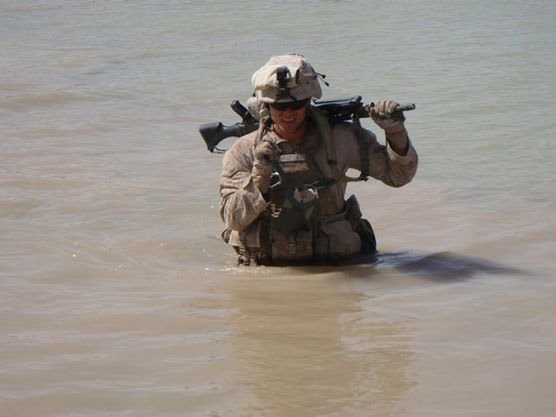
As a former Marine machine gunner, I have put lots of lead downrange with various machine guns. I carried one on two deployments and used one in combat. I like to think I know a thing or two, and I think the future of machine guns could involve suppressors. Suppressed machine guns help solve a lot of the problems machine gunners face in the field.
Suppressed Machine Guns – Benefits
Obviously, the first advantage of suppressed machine guns is the reduction of the machine gun’s signature. Machine guns are popular targets on the battlefield.
The amount of lead they lay down can stop a force’s movement and pin them down under withering fire. Machine guns are also big, loud targets that are not highly maneuverable. They become an instant target. A suppressor won’t silence the supersonic rounds, but they will help make the machine gun harder to find and harder to kill.
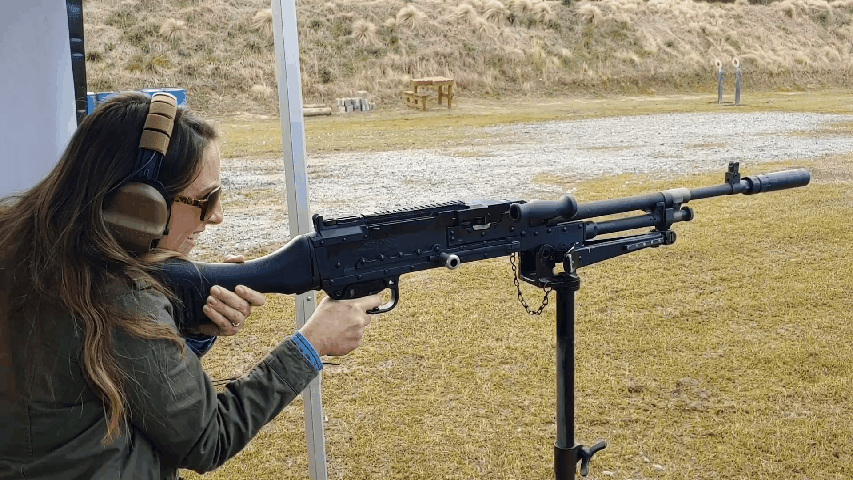
Suppressed machine guns have less muzzle flash, and while the supersonic rounds crack overhead, suppressed machine guns make it tougher to pinpoint the gun’s location by noise alone. In a firefight, machine guns are invaluable to have on your side, and when they go silent, an entire attack can be halted.

Machine guns work best in teams, and a machine gun squad needs to be controlled. A squad leader needs to direct fire and control fire rates, a team leader needs to tell his gunner his adjustments, and gunners and team leaders have to signal when they are low on ammo or reloading. Suppressed machine guns aren’t silent but reduce enough noise to make communicating around them much easier.

In urban environments, the muzzle blast from a machine gun makes the world rattle around and is quite noisy–especially when fired inside buildings. A suppressor would make it much easier to communicate in urban environments. Don’t forget the potential to save our warfighter’s hearing and their overall situational awareness.
Finally, machine guns rattle around quite a bit, especially when placed on bipods. A suppressor works as a natural muzzle brake that reduces recoil. Any recoil reduction is valuable on any firearm. With suppressed machine guns, the recoil reduction is not the main draw, but it’s worth noting.
Are Their Downsides?
As with anything, suppressed machine guns have their downsides. The addition of a suppressor makes the gun longer. Machine guns are already long firearms, and extra length can make life difficult for the grunts on the ground. That being said, you aren’t clearing rooms with an M240, so the downside is small.

Machine guns also use multiple barrels. This means for every machine gun, you’ll need at least two suppressors. That creates more weight for the team to carry and obviously increases the cost of the whole thing.

The amount of fire machine guns lay down can cause durability concerns with suppressors as well. However, suppressors are getting better. The Rugged Suppressors Razor 7.62 added hardly any weight to the M240 barrel and is belt-fed rated. The Razor saw thousands of rounds with a constant line of shooters wanting hands-on time with an M240 at this event. It was constant abuse, but the cans held up. Other models have proven to be durable in military testing and can withstand belt-fed abuse too.
Who is using suppressed machine guns?
Well, the Marine Corps has been heavily experimenting with suppressors among conventional forces. This includes suppressed machine guns up to the 50 caliber M2. The Army has been seen testing M240 suppressors as well. JSOC is also testing suppressors for medium machine guns, but I have yet to see any Special Operations forces using one overseas. It’s a rather new concept, so it’s far from mainstream.

Suppressed machine guns shouldn’t be a special operations-only tool. The average grunt machine gun team would benefit greatly from suppressed machine guns. As China becomes more aggressive, the possibility for a conventional war increases. In that role, the infantry will rely on their machine guns to fire and maneuver, and a suppressor is a small addition to a big gun to keep the team alive and shooting.
